Optimized Shower Arrangements for Small Bathrooms
Designing a small bathroom shower requires careful consideration of space utilization, functionality, and aesthetic appeal. Efficient layouts can maximize available space while maintaining comfort and style. Common configurations include corner showers, walk-in designs, and shower-tub combos, each tailored to specific spatial constraints and user preferences. Proper planning ensures that even compact bathrooms can feature modern, accessible, and visually appealing shower areas.
Corner showers are ideal for maximizing space in small bathrooms. They typically fit into a corner, freeing up floor area for other fixtures. These layouts often incorporate sliding or bi-fold doors to minimize space needed for opening and closing.
Walk-in showers offer a sleek, barrier-free option that enhances accessibility and creates a sense of openness. They can be enclosed with glass panels, making the bathroom appear larger and more modern.

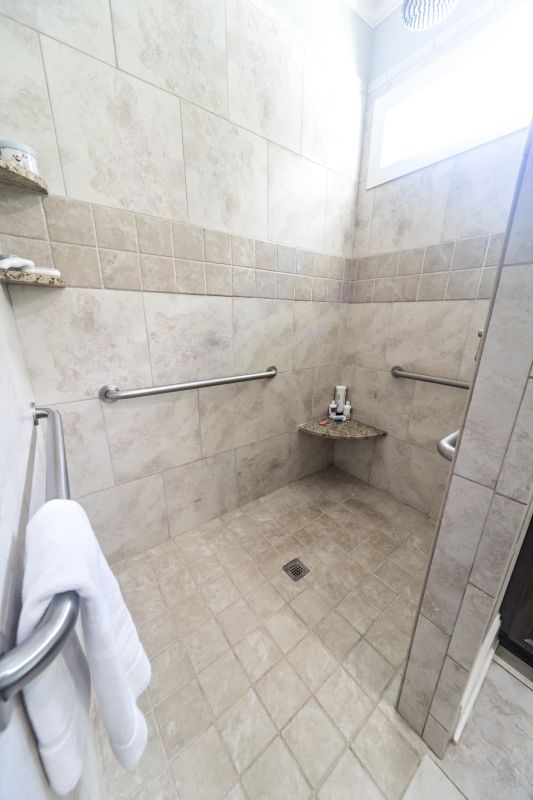
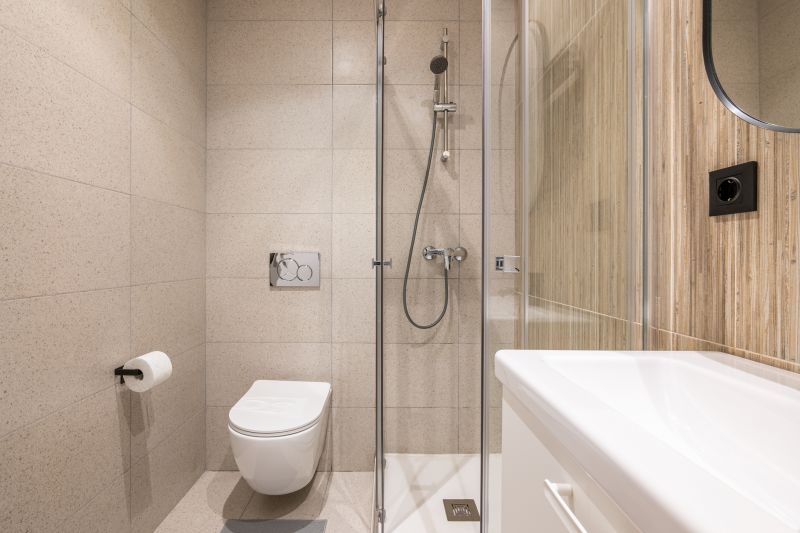
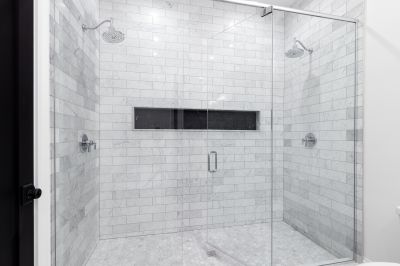
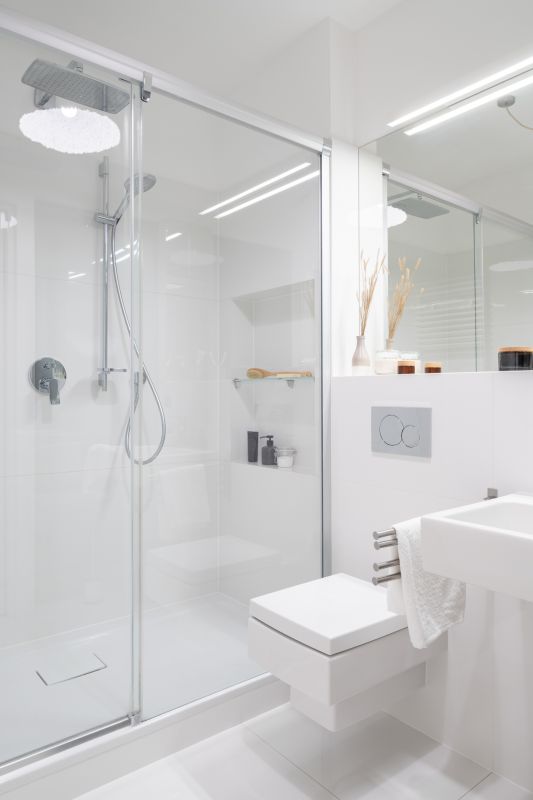
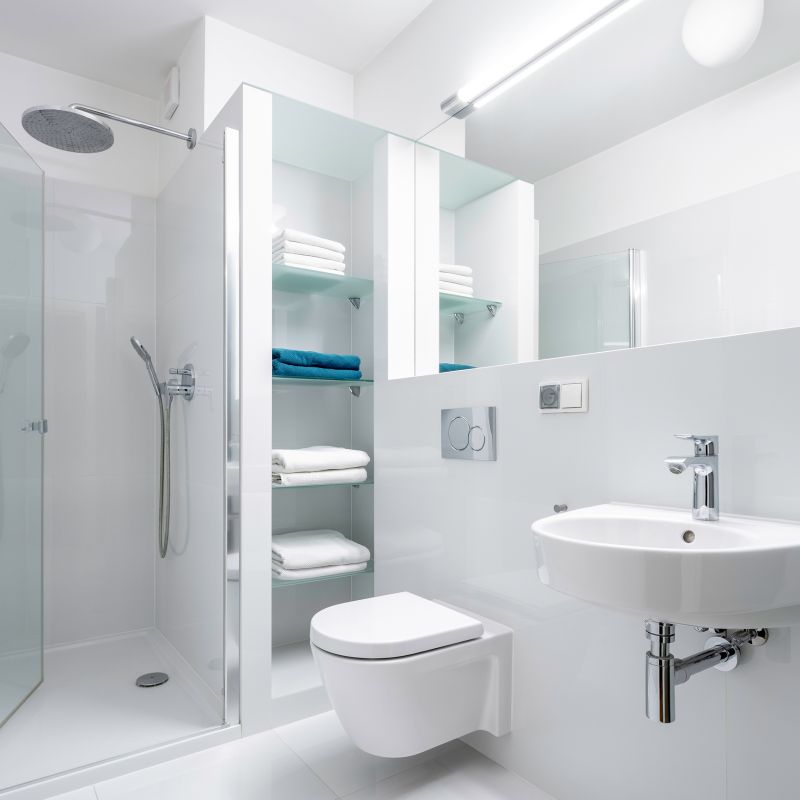
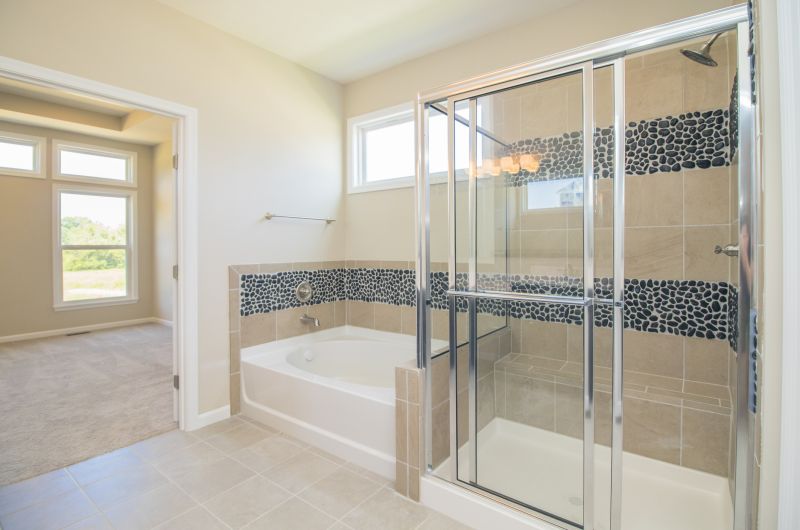
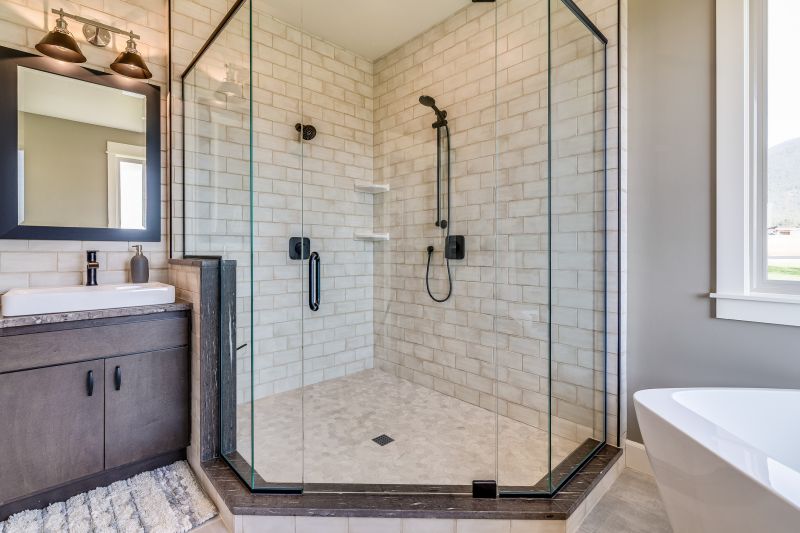
| Layout Type | Advantages |
|---|---|
| Corner Shower | Maximizes corner space, ideal for small bathrooms |
| Walk-In Shower | Creates an open feel, accessible design |
| Shower-Tub Combo | Combines bathing and showering in limited space |
| Sliding Door Enclosure | Saves space compared to swinging doors |
| Glass Partition | Enhances visual openness and light flow |
| Built-in Shelves | Provides storage without clutter |
| Minimalist Fixtures | Reduces visual bulk and maintains sleekness |
| Compact Shower Heads | Saves space and maintains functionality |
Implementing effective layout strategies can transform a small bathroom into a functional and stylish space. Choosing the right configuration depends on the specific dimensions and user needs. For example, a corner shower with sliding doors can maximize floor space, while a walk-in design enhances accessibility. Combining these layouts with smart storage solutions and minimalist fixtures ensures that every inch is optimized for both utility and aesthetic appeal.





